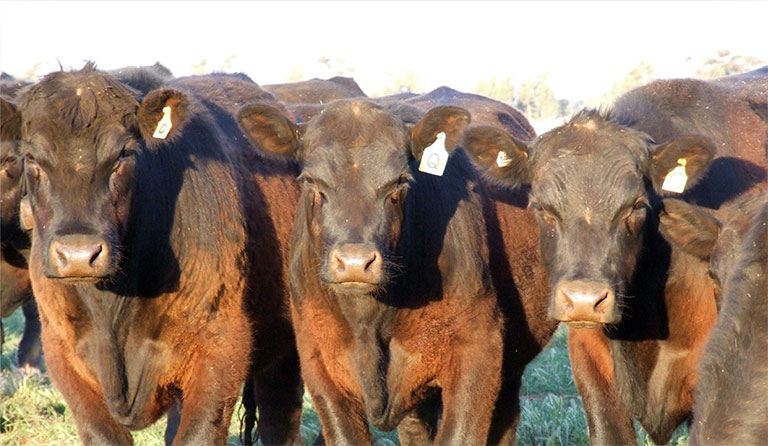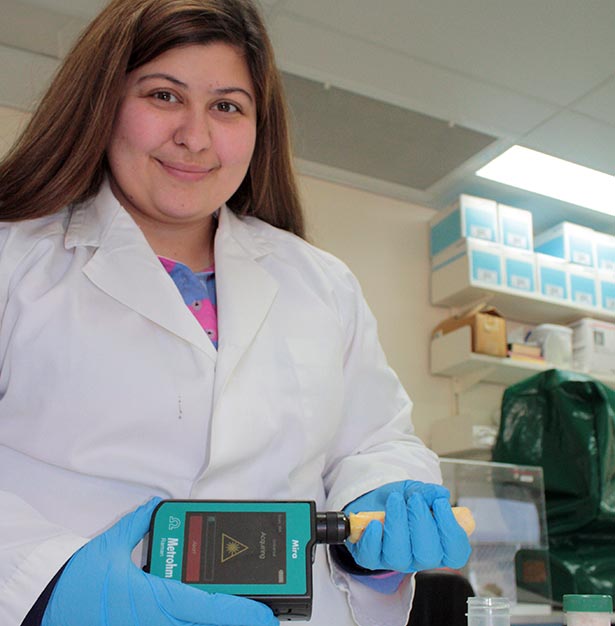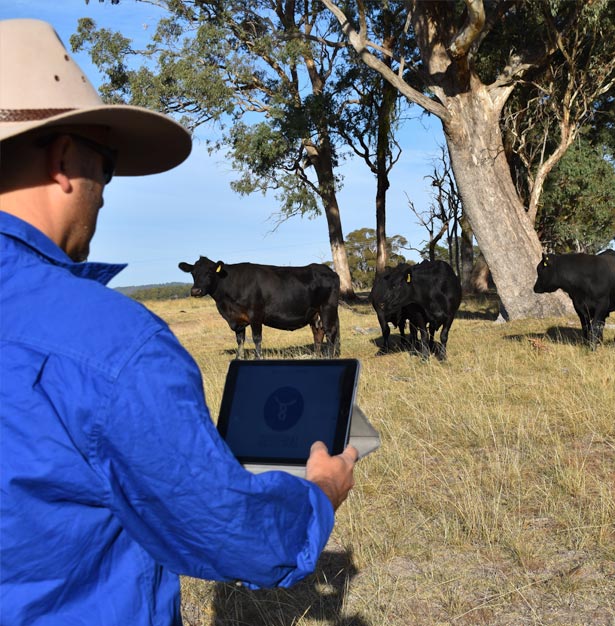
Beef Cattle
livestock
Beef Cattle
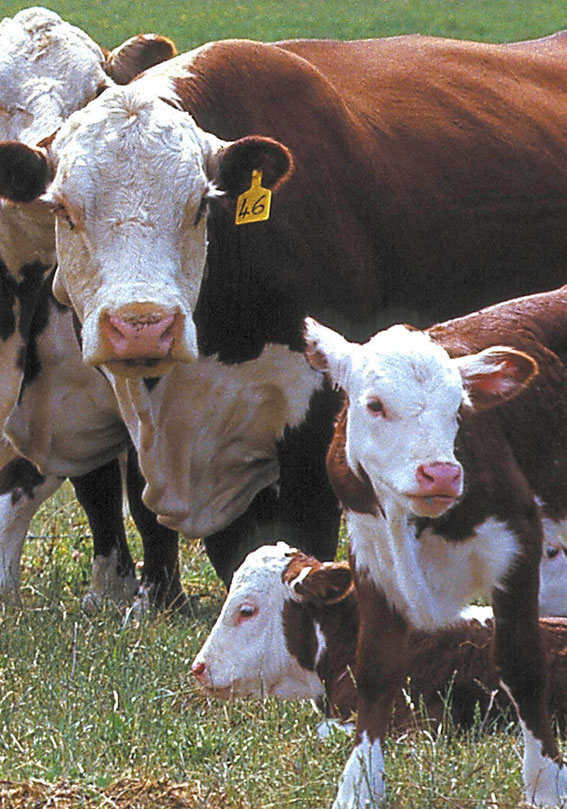
-
Output $2,588m est. Up 8% yoy
-
Slaughter rates reflected dry conditions
-
Exports to China increased 101% in value yoy
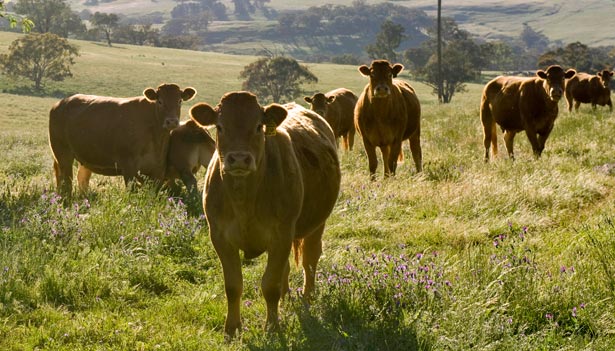
The value of the industry increased by an estimated 8% to $2,588 million, with increased supply and buoyant prices helping to support the industry’s value during the dry season. Robust export demand remained, particularly from China, with a record 63 million kilograms of beef traded.
Production
Dry conditions persisted across many of the state’s key cattle production areas compelling many producers to continue to offload stock, and furthering the herd liquidation. Slaughter reflected the high turnoff rate, up 12% year-on-year, and propelled almost entirely by an increase in female slaughter, up 23% on 2017–18 volumes and equated to 52% of the total state adult slaughter for 2018-19107.
The high slaughter rate resulted in an increase in total beef production, up 7% year-on-year to 535,540 tonnes carcase weight107. Adult carcase weights were down 4% year-on-year, reflecting the unfavourable seasonal conditions and the higher female slaughter rate107.
The number of cattle on feed remained relatively steady on the record 2017–18 numbers, down 0.7% year-on-year but up 23% on the 10-year average. The drought was the dominant driver for the number of cattle on feed, evidenced with feedlots at 79% utilisation, with the sector playing a significant role in managing seasonal variability and enabling the continued delivery of high-quality beef to global customers28.
Price
NSW saleyard indicator prices fell year-on-year, with the increase in supply the motivating factor. Sustained dry conditions resulted in weakening demand for light and restocker cattle but despite the prolonged decline, prices continued to trade within a relatively stable range between 450 and 650 cents per kilogram carcase weight.
Heavy steer prices were the exception, up on average 2.4% year-on-year107. A tightening of heavy cattle supplies as producers struggled to feed cattle to finished weights saw NSW heavy steers trading at an average premium of 28 cents or 5% during 2018–19107.
Restocker demand deteriorated under the pressure of the dry, resulting in an oversupply of cattle for processors and feedlots. As a result, the EYCI only averaged 483 cents per kilogram for the year, 10% lower than 2017–18. The indicator declined throughout the year to a low of 385 cents per kilogram in early March 2019, the lowest price since April 2015. Despite the decline, the market was still high from a historic perspective, 10% above the 10-year average107.
The medium cow indicator fell 6% year-on-year to its lowest point in four years, reflecting the lack of confidence in the season and subsequent high female slaughter rate107. Despite the surge in production, cow prices were somewhat supported by solid export beef prices, with the average 90CL price (manufacturing beef to the US) gaining ground, up 6% year-on-year107.
Young cattle vs Finished cattle
- EYCI
- NSW Heavy Steer
Value of beef exports to China
- Chilled
- Frozen
Trade
Global demand remained strong for Australian beef exports in 2018–19, with solid competition from global suppliers boosting prices during a time of increased supply. NSW exported a total of 219,000 tonnes of beef, valued at $1.8 billion, an increase in value of 22% year-on-year87.
Asian demand continued to fuel exports. China is the main driver behind this export growth, absorbing an additional 30,000 tonnes (or 91% year-on-year growth) and increasing in value by an incredible 101% year-on-year to more than $500 million87. This increase in value came from both high and low value cuts, with both up by 126% and 98% respectively year-on-year87. As a premium product, chilled beef comprises only a small proportion of China’s total beef imports. Despite the dominance of the lower-value frozen beef market, there is a trend towards a greater proportion of chilled exports, which more than doubled year-on-year to 12% of total trade87. China is the state’s fourth largest chilled beef export market (by quantity) after Japan, the US and South Korea.
Beef exports to Japan delivered a solid 5% gain in value year-on-year, reaching just over $401 million87. Despite the increase in total market value, the quantity of exports to Japan declined 5% year-on-year, with a rise in the unit cost but a decrease in volume in both the high-value chilled and lower-value frozen markets.
Korea was a standout with preferential tariffs supporting trade to the market. Despite a relatively modest downturn of 6% year-on-year in value, the US remained the third largest export destination by volume and value87.
Outlook
To capture the significant opportunities arising from rising global beef consumption, the industry will aspire to rebuild the herd as soon as possible once seasonal conditions improve. Young cattle prices should accelerate as restockers look to enter back into the market. The EYCI is expected within the 400s range for the remainder of 2019, with the trajectory of the indicator very sensitive to rainfall111.
